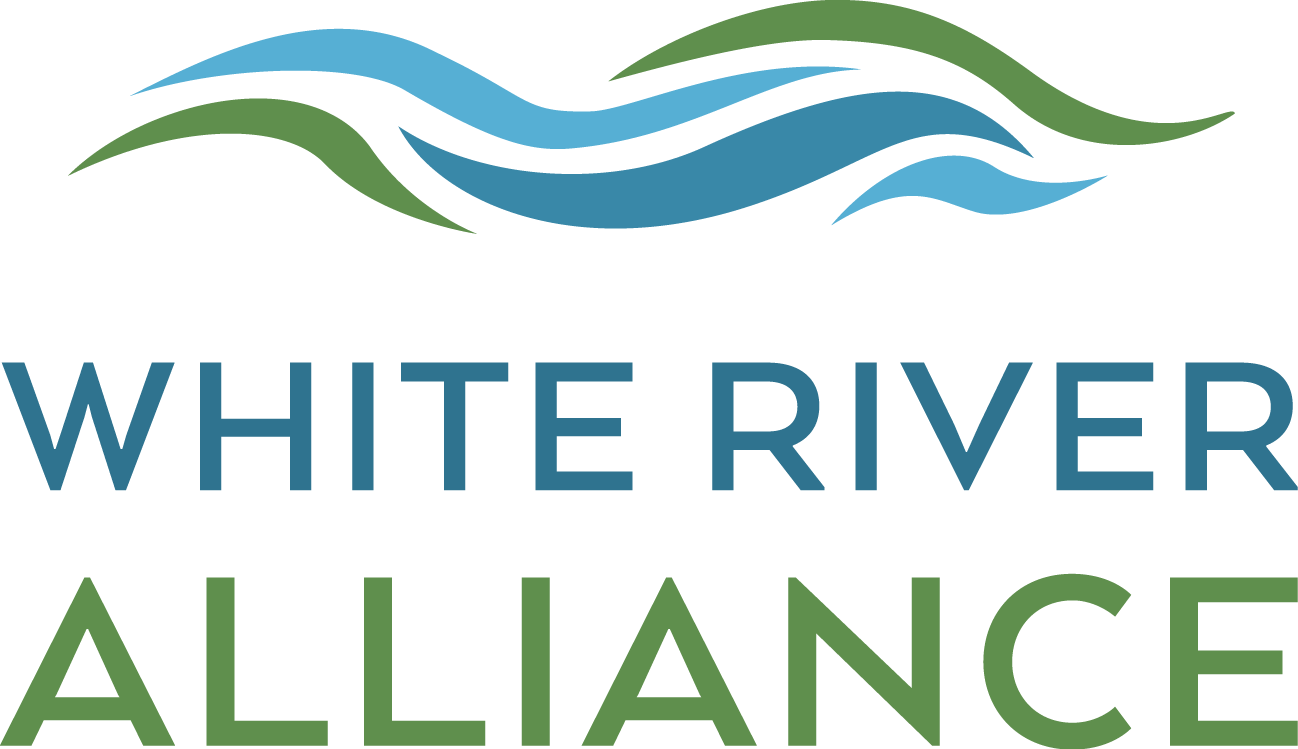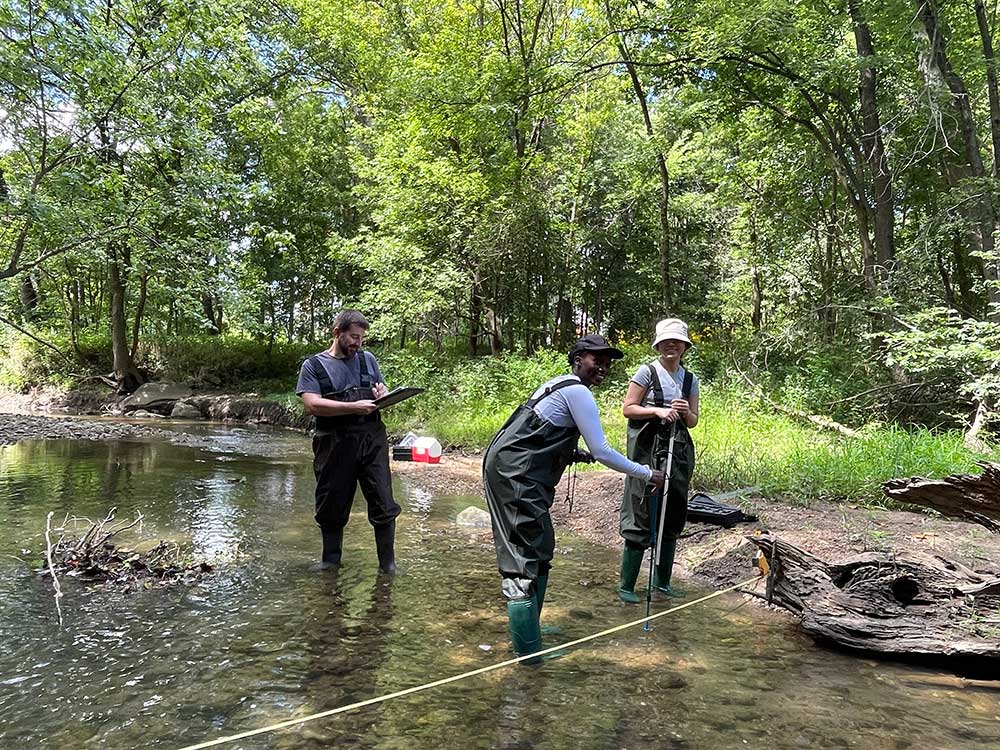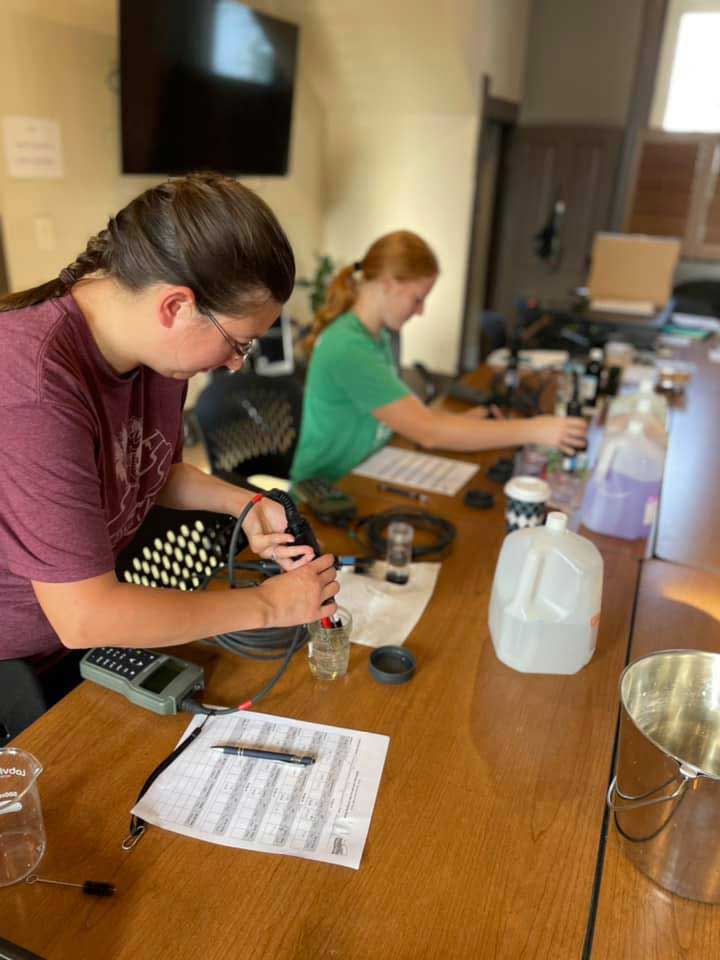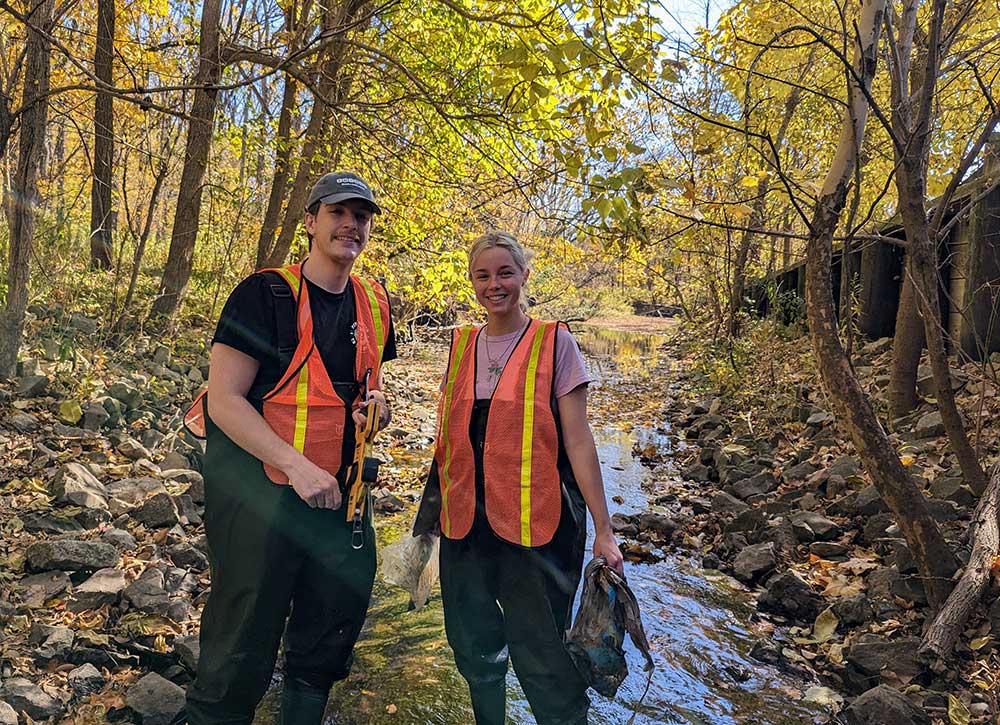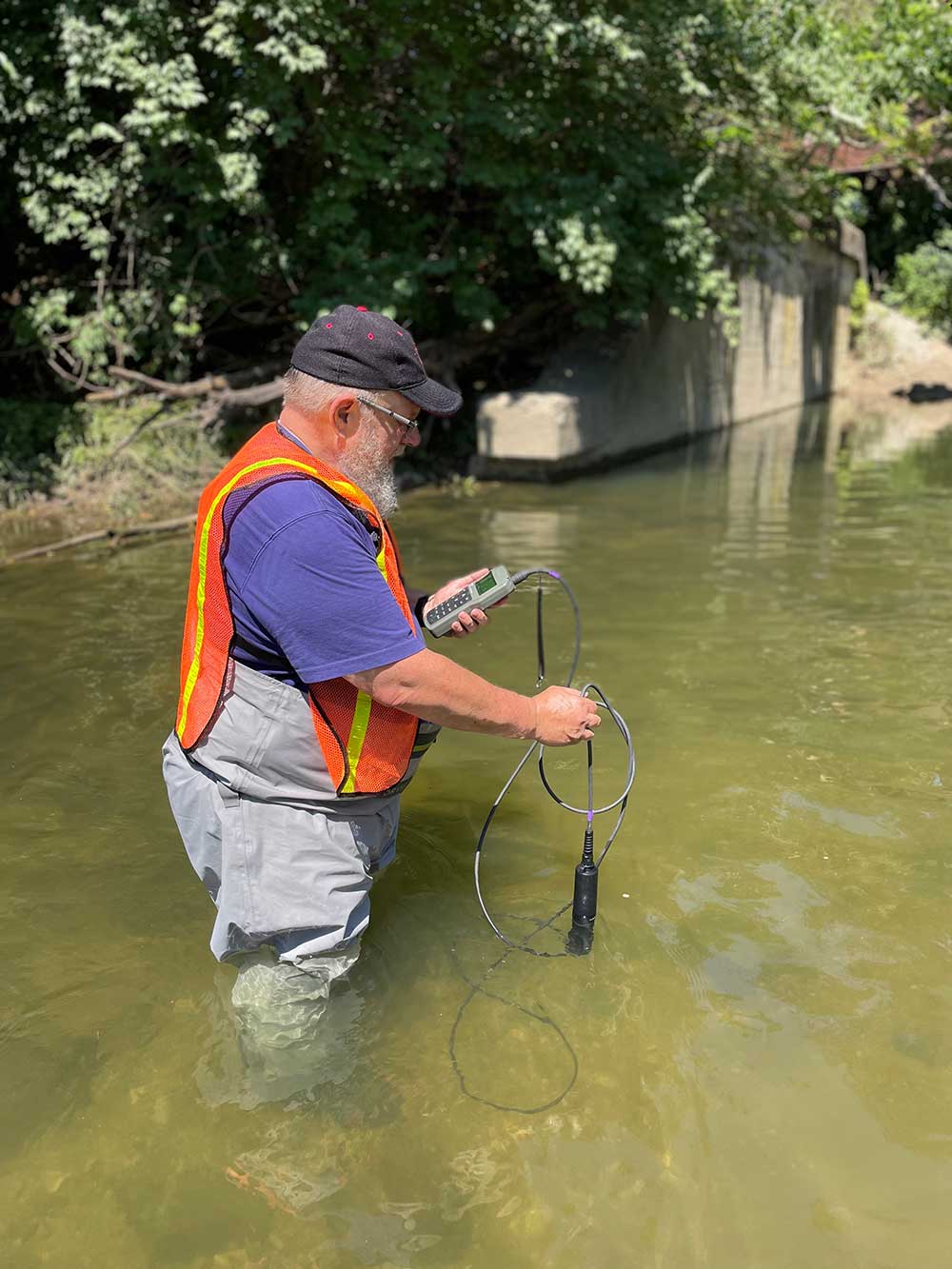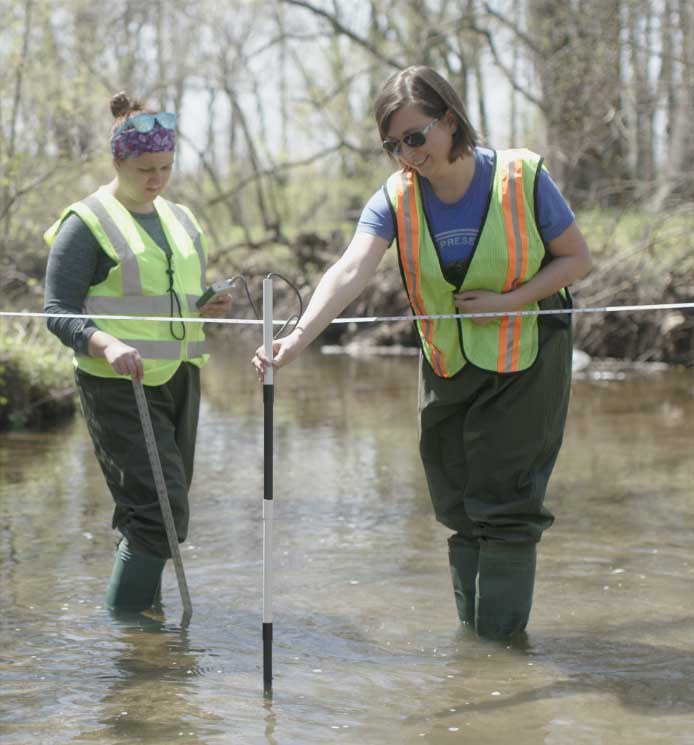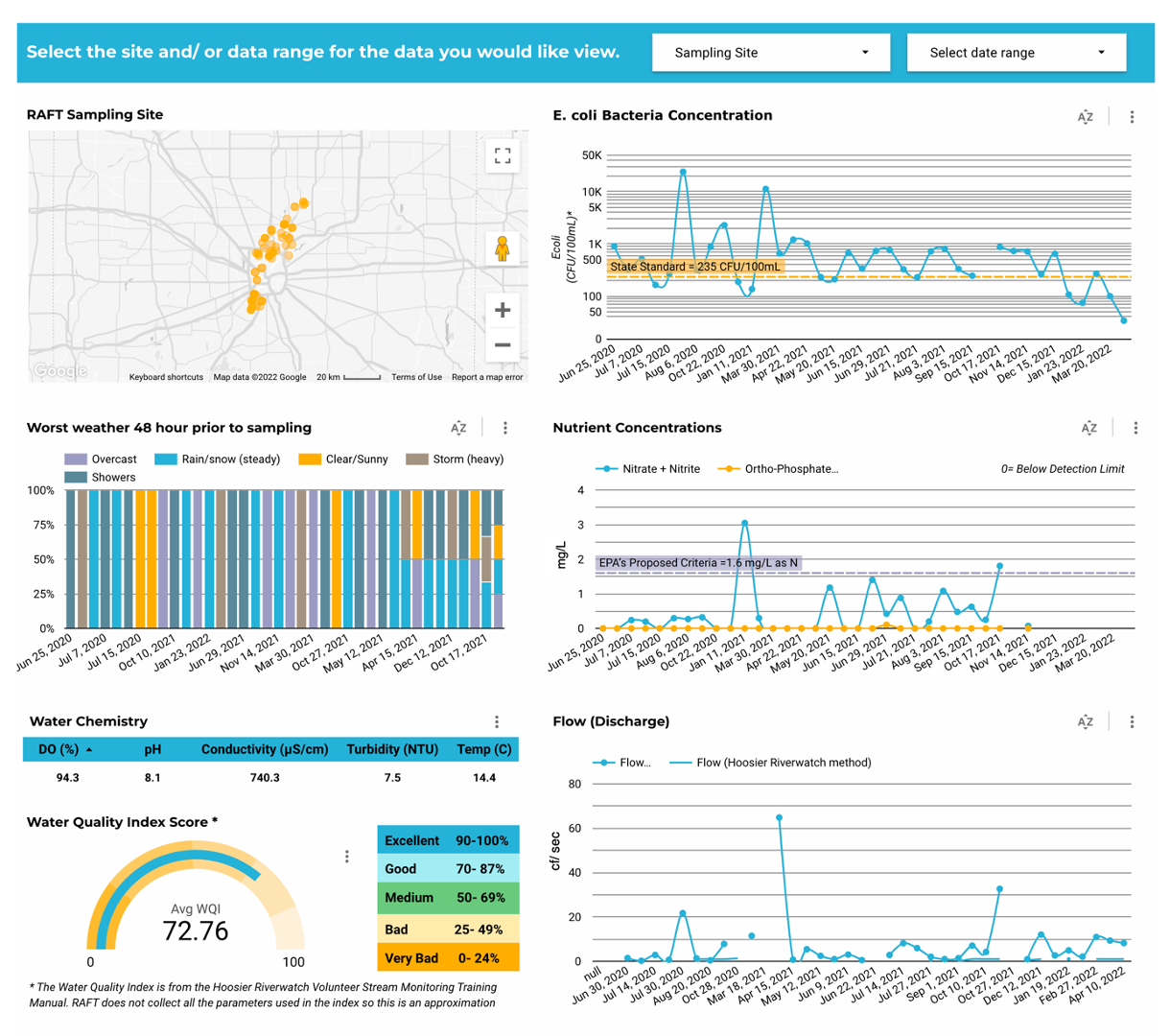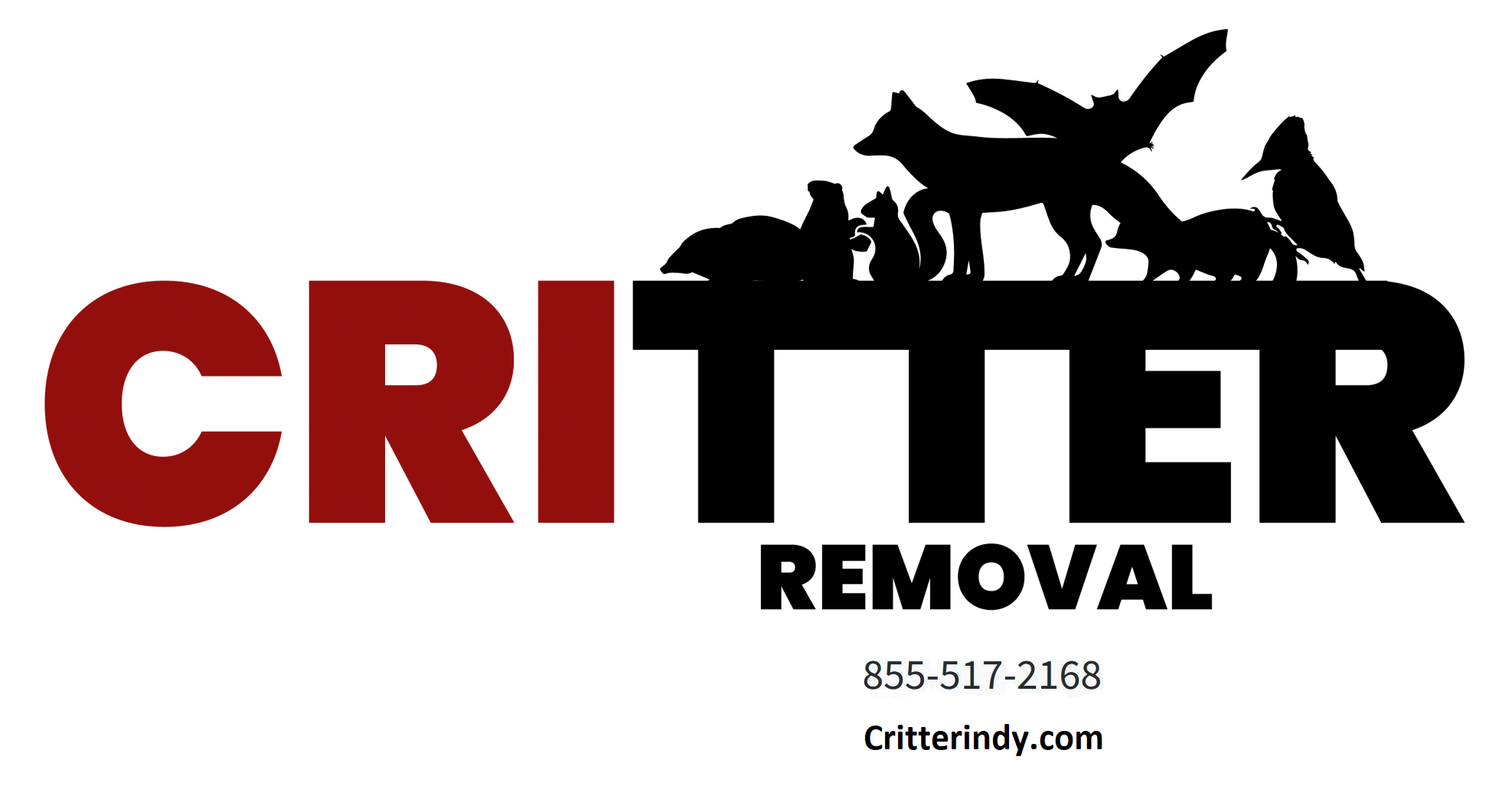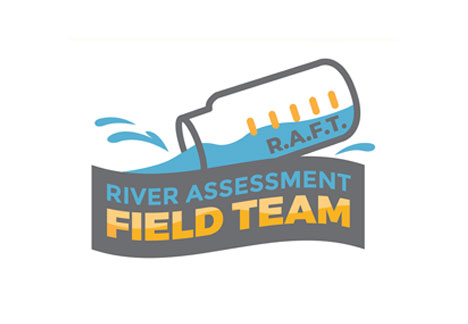
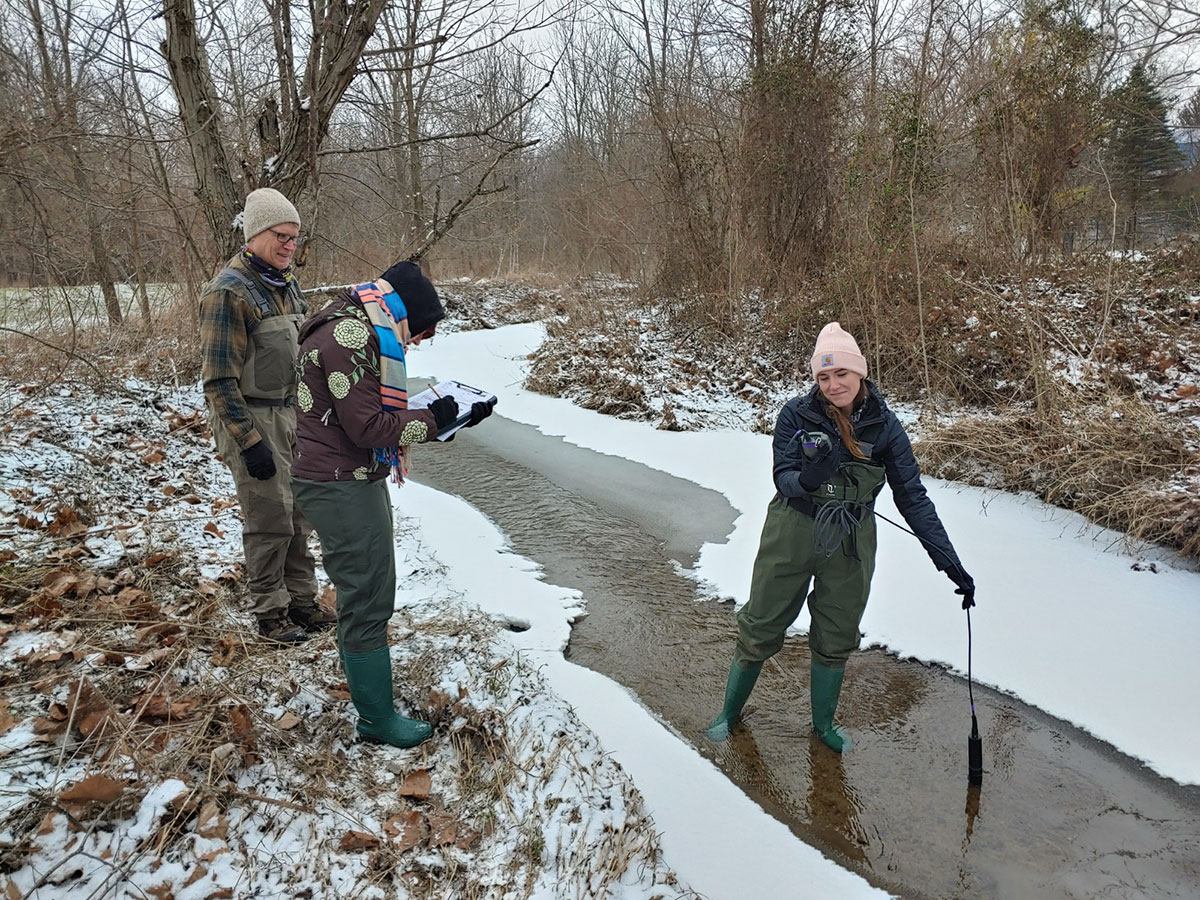
Programs
River Assessment Field Team (RAFT)
Through RAFT’s advanced volunteer sampling program, you can become a citizen scientist and collect water quality samples to fill gaps in agency data, identify pollution hotspots, and measure changes over time in our local streams.
Through RAFT’s advanced volunteer sampling program, you can become a citizen scientist and collect water quality samples to fill gaps in agency data, identify pollution hotspots, and measure changes over time in our local streams.
The RAFT Program
The River Assessment Field Teams (RAFTs) are made up of individuals, family members, or small groups of friends, colleagues, or neighbors who are willing to donate time to help strategically assess local water quality. Data collected through this program will:
- Help provide a more complete picture of our water quality by teasing out pollution hot spots and measuring trends over time
- Help our Alliance direct educational and cost-share resources to areas with bad water quality
- Help agencies like the Indiana Department of Environmental Management (IDEM) and local municipalities, fill in knowledge gaps and address concerns
Citizen science is a powerful tool to understand environmental conditions, complement the work of our agencies, and help make positive change!
Sampling Locations and Events
RAFT sampling sites are located on streams that flow into the White River. These sites are strategically selected in areas no one else samples and/or upstream of an impaired area to try to find the pollution source. Explore RAFT sampling locations by clicking on the map to the right.
For RAFT weekend sampling events, sampling sites are divided into 3 regions with different kick-off locations along the White River in Marion or Hamilton Counties.
- Southern sampling area’s kick off location is the White River Alliance office.
- Central sampling area’s kick off location is Oliver’s Woods Nature Preserve.
- Northern sampling area’s kick off location is Conner Prairie.
RAFT sampling events occur once a month on a Sunday from 12:00pm-4:00pm. As a RAFT volunteer, you do not need to participate every month – you can choose the event(s) that are most convenient to you. You will need to register in advance for each month. Everyone will start at the kick off location and return to that same location at the end to return their samples and data.
To register for a monthly RAFT sampling event click the button below.
Volunteering & Training
RAFT Volunteers are Citizen Scientists
RAFT Volunteers are citizen scientists trained to conduct water quality sampling following a specific protocol. With some time and dedication, anyone 18 years of age and older with moderate physical fitness (due to uneven terrain) can become a RAFT volunteer. Before becoming a RAFT volunteer, you must first complete the online RAFT training program. This will provide an important foundation for understanding what’s involved in water sampling as well as the science behind the various measurements you will take in the field.
If you’re interested in becoming a RAFT volunteer, we’d love to have you. You can find out more about volunteering and the training program by following the button below.
Corporate Sampling Events
The Perfect Team Building Event
Looking for a team building and a community service opportunity? Choose one that is educational, fun, and impactful! Join us for a multi-company group event or choose a private, customizable event. When you participate in our RAFT corporate events, your team will learn about the state of Central Indiana waters, what, why, and how water quality is measured, and how the data that YOU collect is used! Each team will be accompanied by an experienced, knowledgeable RAFT team leader who will guide each team through the sampling process and can provide insight into the program.
Find out more about a RAFT Corporate Sampling Event by following the button below.
Sampling Data
You might be wondering what’s happening with all the data that’s being collected from the monthly water sampling events. Once results from the samples are returned, the data is entered into a database. The data is now available for you to view on an interactive page. You can choose to view data from all the sites or filter the sites and choose those that interest you. Check it out – click the image to the right!
